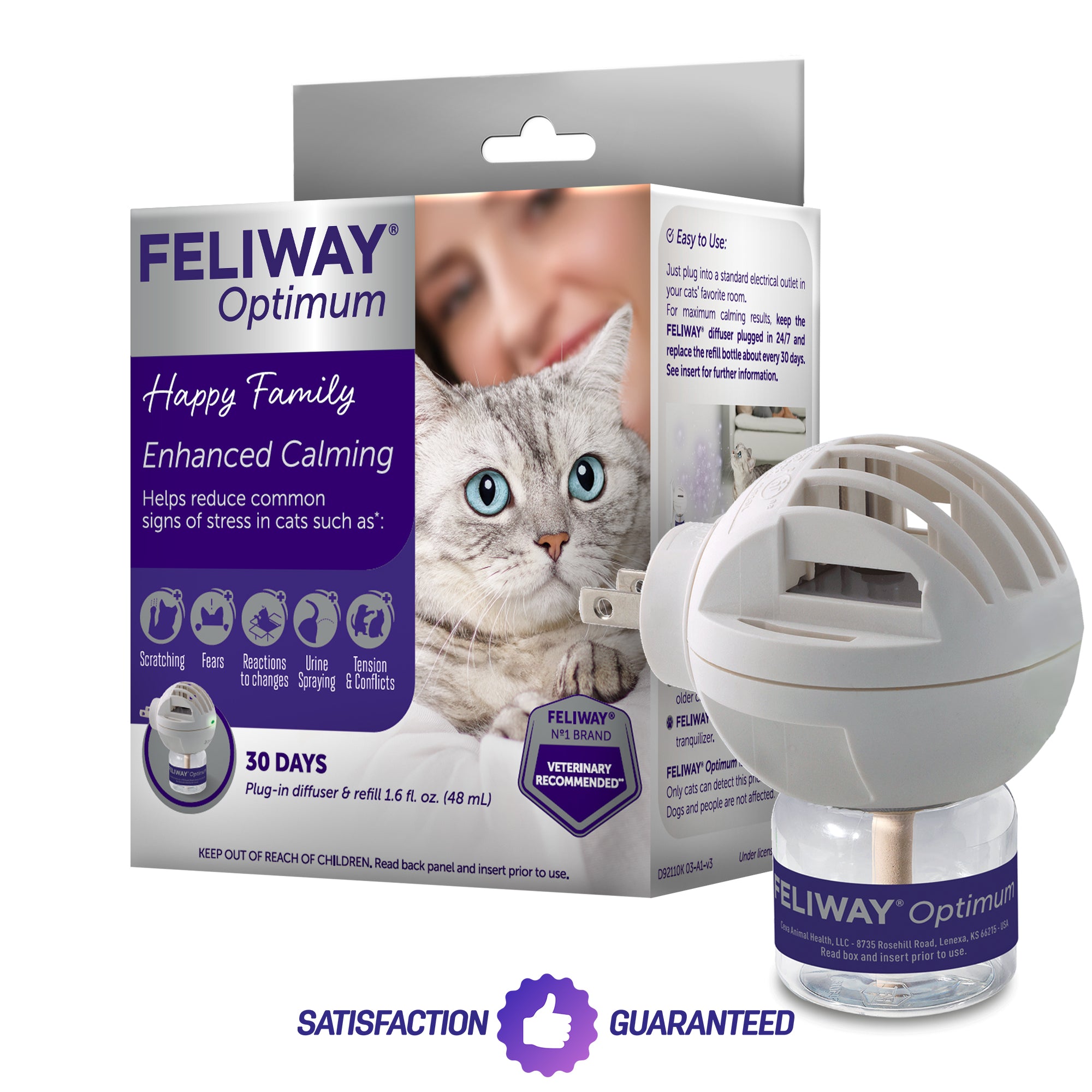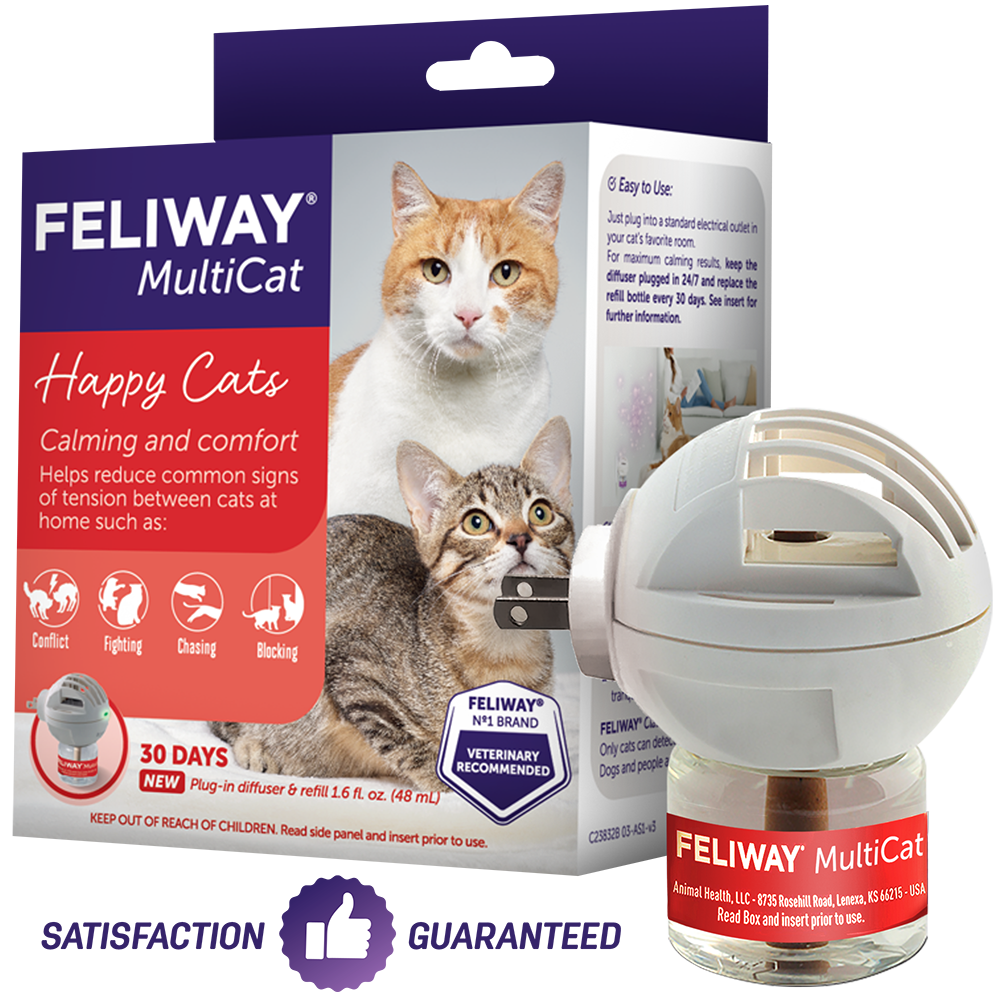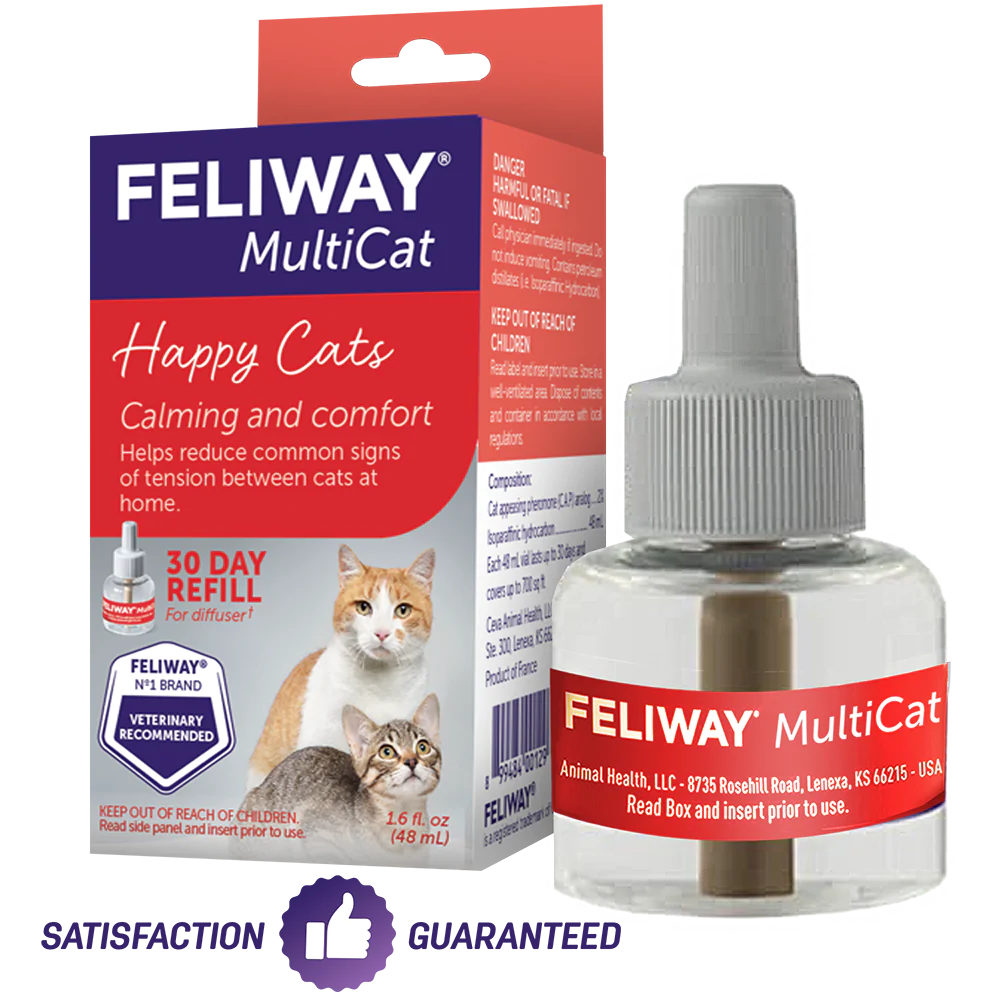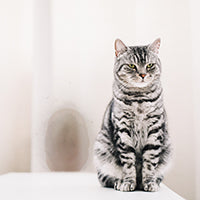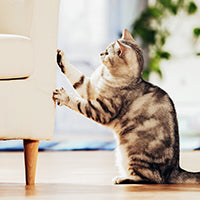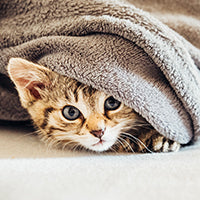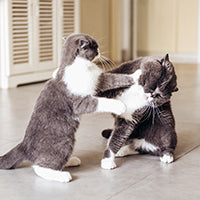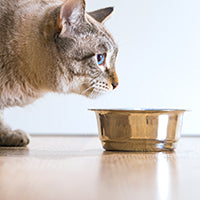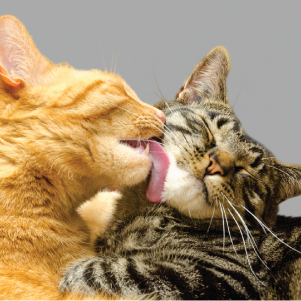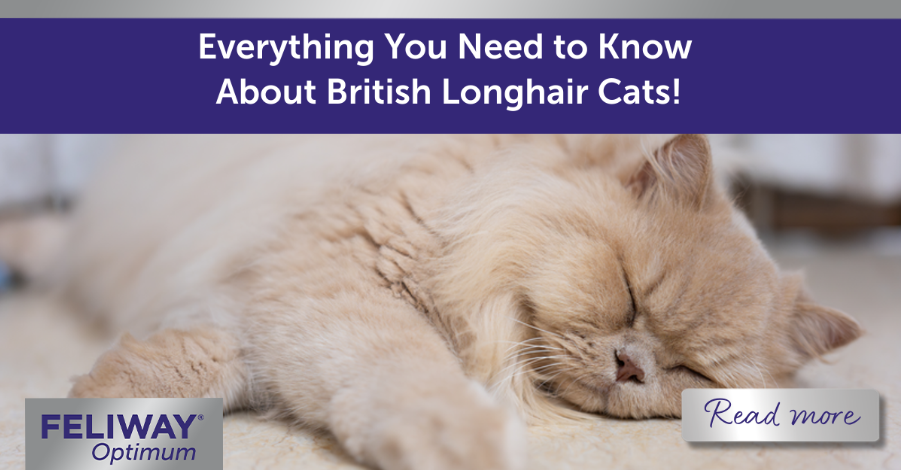
Everything You Need to Know About British Longhair Cats!
If you want to know more about the story behind British Longhair cats, then you’ve come to the right place! In this blog, we’ll give you a full guide to these fabulous felines with our best British Longhair cat facts. This article will help you explore their origins and unique personality traits, as well as some key things to note if you are considering adopting a Longhair cat.
Origins of British Longhair Cats
These fluffy felines were originally the result of breeding between British Shorthairs and Persian cats, which explains their long coat.
As for why British Longhair cats were bred, this has an interesting story. To help the British Shorthair breed recover after the World Wars and to change the shape of their heads, British Shorthairs were bred with longer-haired cats, such as Persians. This resulted in some kittens having longer hair coats due to a recessive gene. Initially, these longer-haired cats were undesirable, but over time, people found them attractive. As a result, they were bred intentionally, and the British Longhair cat was established!
Although this breed has been recognized in England since the World Wars, the British Longhair was only recognized internationally as an official breed in 2017.
Longhair Cats Appearance
British Longhair cats are well-known for their elegant appearance. They’re medium-sized cats with strikingly soft and straight coats, and their tufted feet and furry ears give them their signature longhair look.
Another interesting British Longhair cat fact is that their coat is made up of both an insulating and waterproof layer, making them well suited for England’s winter weather. There are also many possible colors, markings, and patterns that Longhair cats can have. There are over 300 varieties, which include Tabby, Bicolor, Chinchilla, and more. Their nose, paw pads, and eyes often compliment their coat, with blue being the most popular coat color.

British Longhair’s Personality
When thinking about adopting a cat, temperament is an important factor to consider. British Longhair cats have a relaxed and trusting nature, which makes them more likely to enjoy quieter households. A British Longhair’s personality is gentle and allows them to form strong bonds with their humans, but they often prefer to sit nearby rather than on a lap or be picked up, so it’s good to keep this in mind.
Their calm and docile nature means that Longhair cats may sometimes need a bit of encouragement to exercise. They are often not particularly interested in jumping, so they always appreciate having some steps to help them get to their favorite spots. However, they love having plenty of stimulation, so giving them an opportunity to play every day is important. British Longhair cats are intelligent, which makes puzzles, activity feeders, and training great activities to help them use their brains.
Grooming a Longhair Cat
Although their fluffy coat is beautiful, British Longhair cats need to have their fur groomed once a week to maintain their coat and prevent it from matting and tangling. Regular grooming also prevents hairballs and makes sure that your cat has healthy skin to keep them happy and comfortable.
If you’re thinking of adopting a cat or kitten with long hair, you’ll need to incorporate frequent grooming into their routine. You can get your kitten accustomed to grooming by using positive reinforcement and giving them tasty treats. Your cat can enjoy a snack as a delicious treat to add to their new grooming routine, helping them feel at ease and gradually get used to the process.
Longhair cats go through periods of shedding in spring to get rid of their heavy winter coat and in autumn to prepare for their winter coat to grow in, so during these times, they may need grooming a little bit more. If someone in your household has allergies, they may not be the best breed to opt for, as dander (skin cells) is more likely to stick to long fur.

Inherited Health Conditions
British Longhair cats are generally healthy cats, but their laid back lifestyle can also pose the risk of obesity, so it’s important to feed them the appropriate ration of cat food and make sure they are getting enough exercise. Going to a vet or clinic for advice about food can also help to make sure your cat is getting all the right nutrition.
Before adopting a cat, it’s key to know about their parents and to understand the breed’s temperament so you can care for them in the best way possible. The cat you choose not only needs to be right for you, but you also need to be right for them! Discussing with your vet what testing and health screening their parents have gone through lets you know more about your new addition, and regular health checks can help keep your Longhair cat happy and healthy.
If you want to know more about British Longhair cats or need help with the steps to take when adopting a cat, check out our other blogs or sign up for our newsletter to stay up to date with all the latest info!
